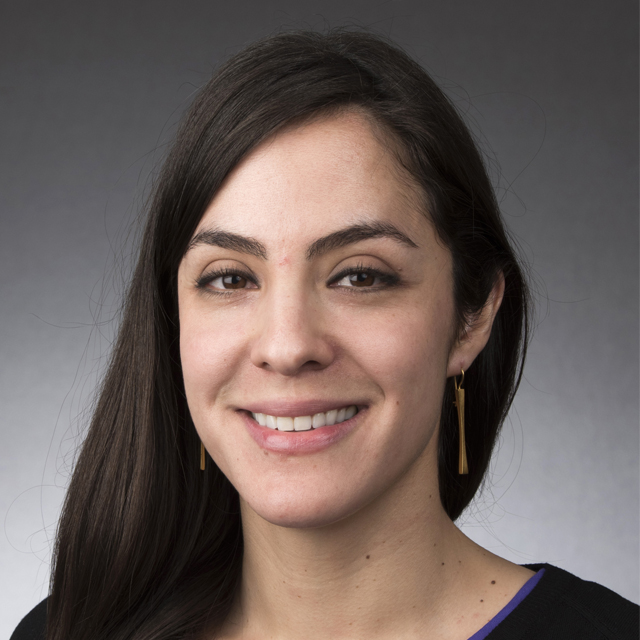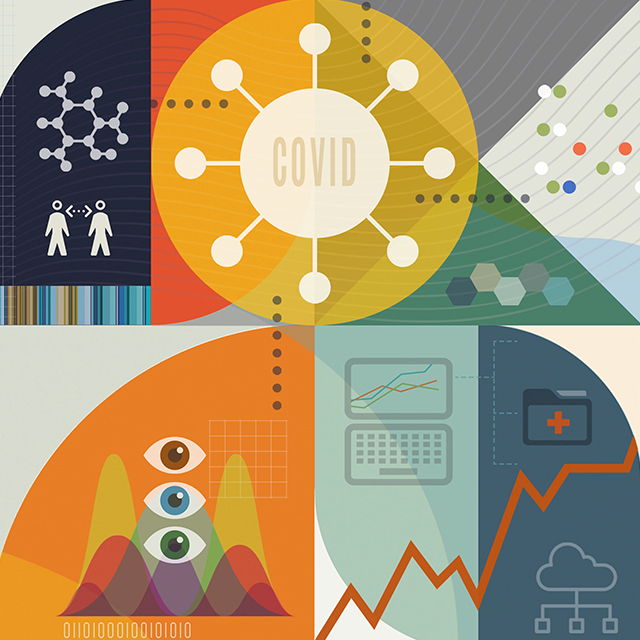As a business intelligence developer for the Armstrong Institute for Patient Safety and Quality, Asa (pronounced Ah-Suh) Adadey is part of a team of patient safety analytic experts who use data science and advanced analytics to study patient safety throughout the Johns Hopkins Health System, and then share insights and recommendations to support improvements.
With the recent surge in patients with COVID-19, Adadey signed up for a temporary redeployment to help units facing critical staffing shortfalls and was assigned to work in Food and Culinary Services at The Johns Hopkins Hospital. Dome caught up with Adadey last week to discuss his reassignment experience.
How long have you been employed at Johns Hopkins?
Just under two years.
What was your reassigned role and assignment?
I was asked to help out on shifts in Food and Culinary Services, packaging food and assembling meals. For example, one afternoon, I spent about two hours packaging 264 muffins and corn bread pieces!
What insights did you gain from the reassignment?
There were many practical things I learned. Seeing parts of the hospital I didn’t know existed — such as the kitchen tray line and laundry services on the lower level of the hospital — was pretty cool. I was able to observe what it takes to run various parts of the hospital, since my work is primarily focused on evaluating medical care. While packaging corn bread and meals, I learned some interesting things. For example, the staff needs to consider each patient’s dietary needs very carefully. Also, things must be brought up from the freezer at the right time so they defrost in time for a meal. The dietary team makes sure everything is fresh — not stale — and ensures that the order is accurately completed while complying with the medical needs of each patient.
What advice would you give to a colleague who is being reassigned?
First, be prepared for anything, because you will likely be out of your comfort zone. There’s nothing crazy going on here — it’s just work you’re not used to doing. My main advice is to take your time. Be in the moment. Make sure you’re doing your work well and strike up conversation with the other employees. It’s nice to connect with people you don’t usually get to work with and to learn about their roles.
Did you have a favorite part of the reassignment?
In the abstract, my favorite part was doing things I’ve never done before and just appreciating how this huge hospital system works from a medical perspective with regard to food.
Now, when I read patient safety hero event reports about feeding and nutrition, I have new insight on what’s behind some of these issues and how to address them. Patient safety is connected to nutrition, especially when there are backups, bottlenecks, communications related to diets, or when there is something that needs follow-up. When looking at situations in the hospital where meals can be mixed up, I now have a much deeper insight into the day-to-day work behind these operational workflows.
Any other insights?
I’m happy to help! We are all trying to figure out how to care for patients during the pandemic. We have the opportunity to serve. Thanks to this experience, I know more about food services, and I’m more attuned to the everyday needs of patients.



